Property management is constantly evolving. New technologies push the envelope of what can be accomplished with regard to occupant comfort, energy conservation, and space use while the regulatory environment changes to increase safety and protect the world around us. But we’re often challenged to define progressive management to our clients; many owners just see their space as a necessary commodity. By looking at old problems in new ways, we can often provide better service and open up asset managers and owners to creative approaches for running their properties.
Plus: Will Apple’s New Flagship Take a Bite Out of Traditional Retail? | CRE is connecting with the future
Dare to Be Different
As an example, concept airline Poppi grabbed headlines late last year when a sleek, black plane mock-up teased ideas including cinema class and RFID-tagged luggage for peace of mind. The ideas proposed by air travel design studio Teague were panned by the Economist but lauded by FastCo, illustrating the ongoing tension in the world of business between high-minded design and a low bottom line. Instead of turning air travel into a frustrating commodity, they proposed providing middle-seat passengers with perks to sweeten the [raw] deal. While not all of the ideas proposed are winners, the same kind of forward-thinking approach to property management can yield solutions that both engage building visitors and create differentiation that builds a brand in the marketplace.
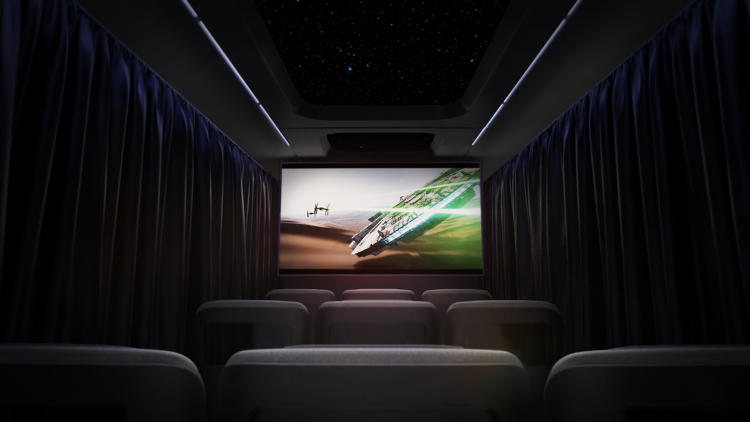
Cinema class. Images courtesy of Teague.
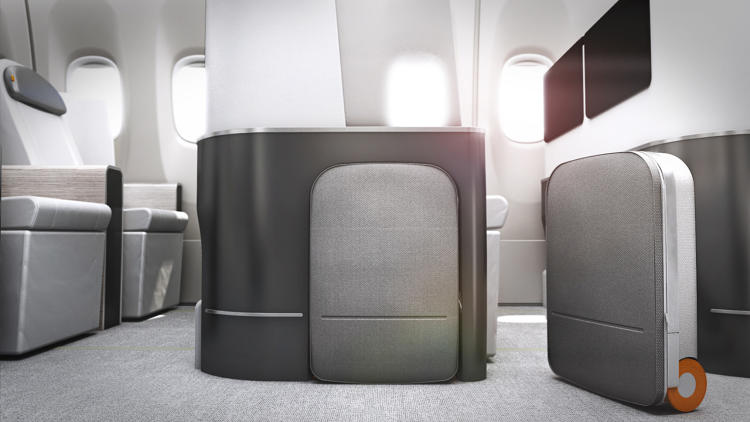
RFID luggage.
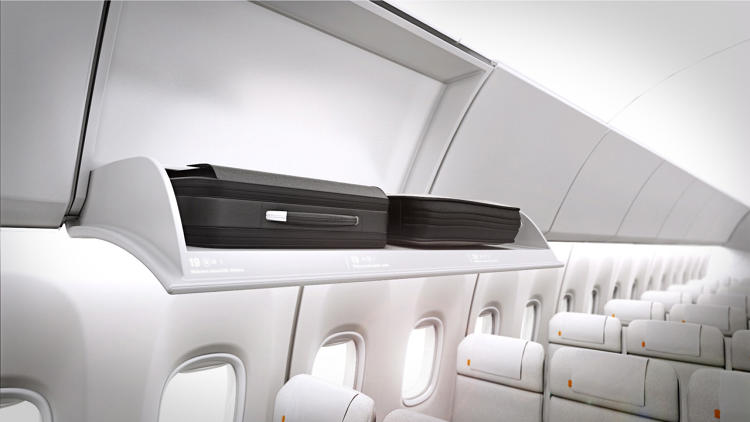
Streamlined interior.
Put a New Spin on Your Space
New York-based Snarkitecture is most recognized for Pillow, a cement iPhone cradle that looks soft and plush. But beyond their creative molds and stark white Beats by Dre headphones, the duo of Daniel Arsham and Alex Mustonen—an artist and a trained architect, respectively—are working to change how we look at space. Self-described as a reductionist collaborative, Snarkitecture exists in the area between art space and architecture. They’ve created beach exhibits that visitors can play in, floating landscapes, and retail layouts that are void of color. Through minimalism, the firm tries to find ways to encourage visitors to reimagine how they interact with space. A quick flip through Instagram reveals that it’s working: Pictures of their creations grace the pages of even those who would never otherwise give a second thought to the structures they pass through every day.
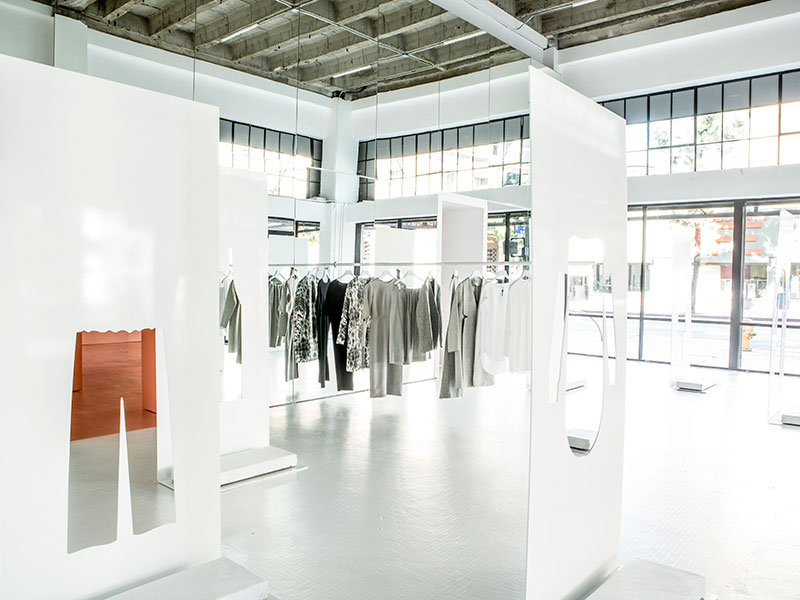
COS LA. Images courtesy of Snarkitecture.

Pillow.
Go Green
Habitat Horticulture is pursuing a similar goal, though with a different mandate. The San Francisco-based company installs living walls to literally bring life into otherwise lackluster spaces. These vertically-grown plants brighten up a dull environment or add visual interest buy using geometric shapes to change the feel of a room. “There’s a general shift toward reconnecting with nature and becoming more environmentally and health conscious,” founder David Brenner explains. “Architects and companies are looking more at the overall well-being of employees—and offering a view of greenery is a huge part of that. Plants have been shown to reduce stress and provide restorative effects.” Brenner’s walls, much like Snarkitecture’s creations, encourage us to participate with our surroundings rather than move passively from door to door.
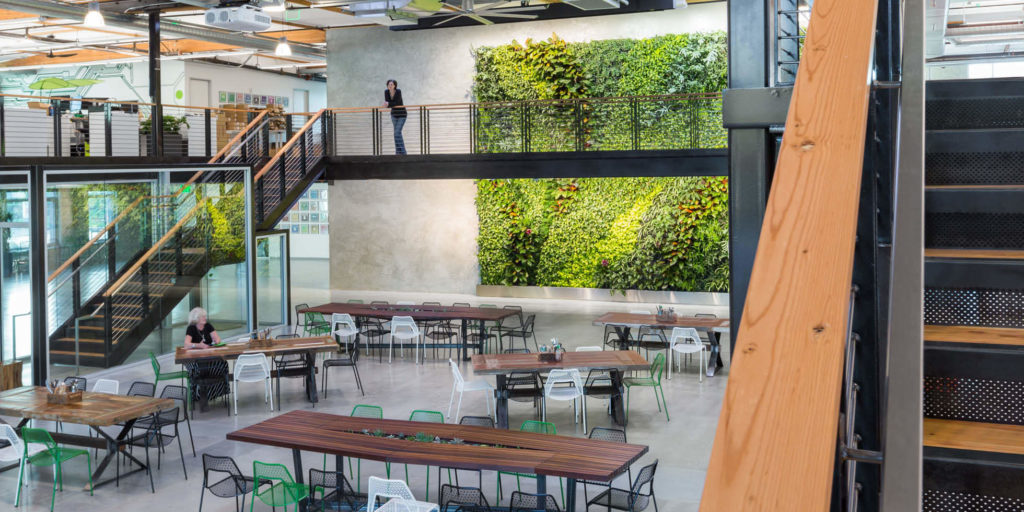
The Clover Headquarters in Sunnyvale, CA. Images courtesy of Habitat Horticulture.
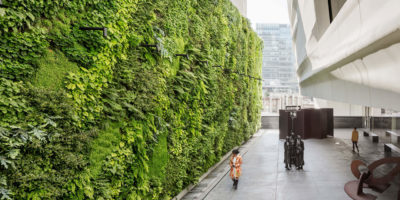
The San Francisco Museum of Modern Art.
Make Memorable Experiences—and More Profit
Whether through concepts that encourage us to approach old problems with fresh eyes, or installations that draw visitors into areas that are otherwise nondescript, these innovative companies demonstrate what can be done with a little creativity. Often, a new strategy can decrease operating costs, such as reducing lighting requirements, or be indirectly responsible for additional income. By designing unique spaces that invite visitors to stop and spend time in buildings, you can create memorable experiences that also help build brand in the market. This type of strategic thinking and planning can pay off when it comes time to lease to new tenants, or demonstrate an ability to revitalize generic assets that were common in the nineties.
A mentor, a real estate executive and a mom, Karen spends time all over the map. If she isn’t traveling, Karen is busy with everything from IREM to Virginia Tech’s Real Estate program. When she has a few minutes to spare, she considers it a personal mission to find new homes for all of Lucky Dog Animal Rescue’s four-legged companions.

 Karen Whitt
Karen Whitt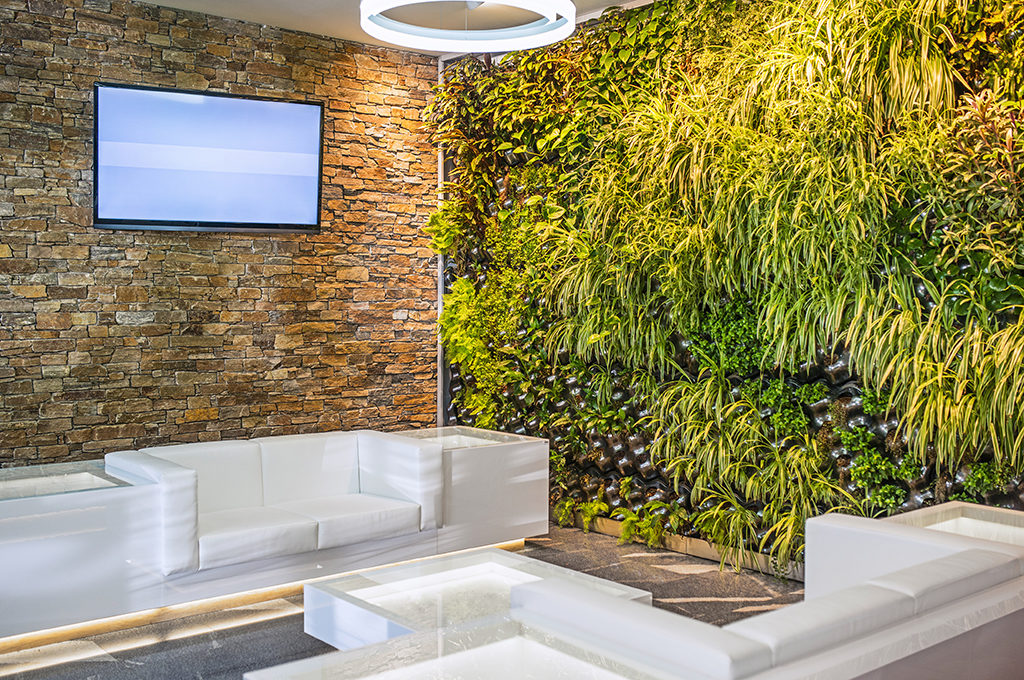

 Aaron Jodka
Aaron Jodka
 Amber Merrigan
Amber Merrigan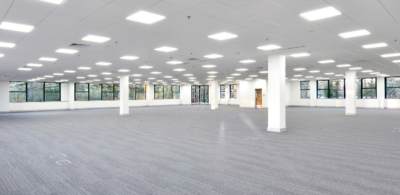
 Andrew Steele
Andrew Steele